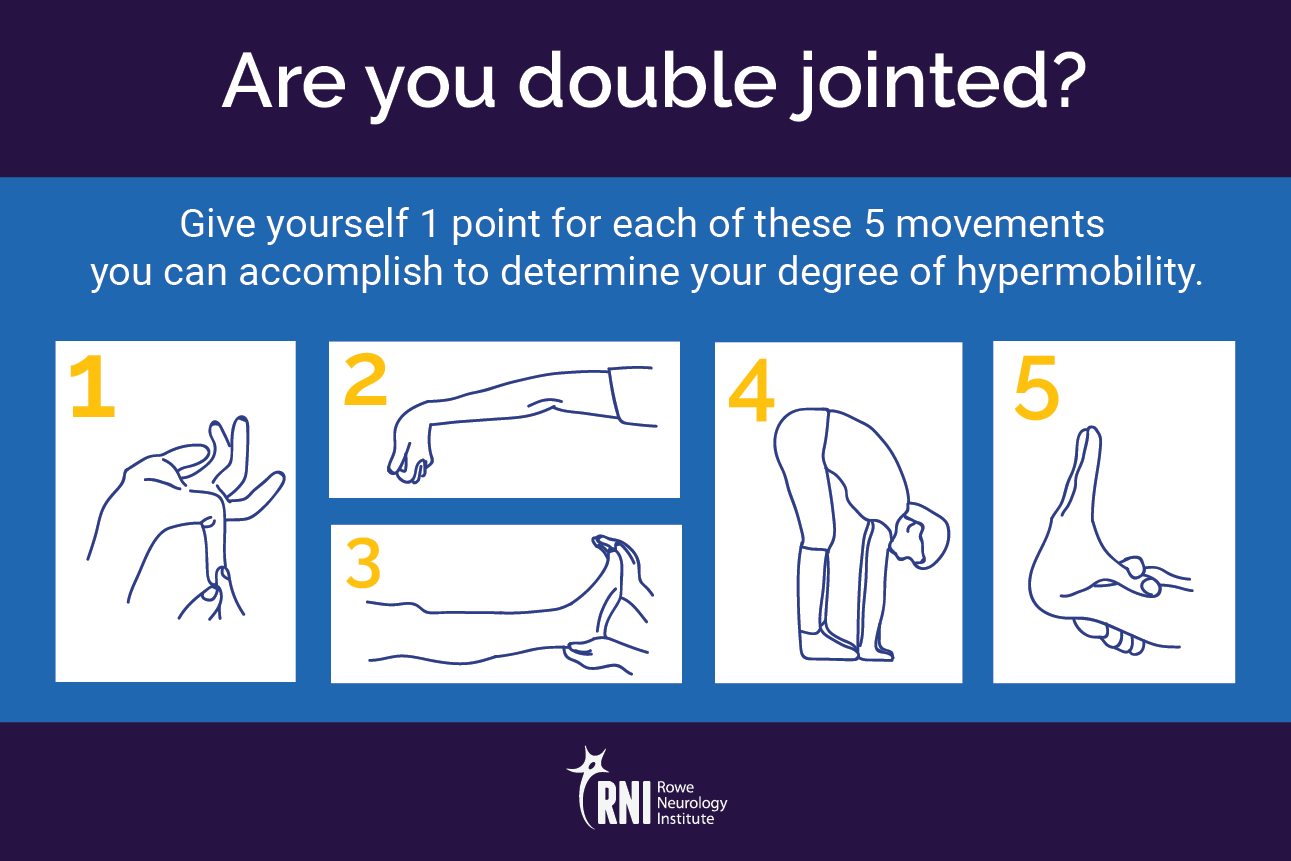The 20-Second Trick For How hypermobility is hurting your workout – and how you can
Knowledgeable about the term "double-jointed"? People with hypermobility joint syndrome (HJS) no doubt hear these words frequently. Although everybody is born with a specific amount of joint dexterity, some individuals's genetics present them with a heavy dose of natural bendiness. This can happen even if they haven't taken years of ballet and gymnastics.

The incidence in school-aged kids might be as high as 40% and as common in 11. 7% of the basic population, per a review post of benign joint hypermobility syndrome. According to the American College of Rheumatology, hypermobility takes place regularly in women than males, and you will find this condition among all populations and ethnicities.

Can You Be Too Flexible? Hypermobility, Explained - Sonima Fundamentals Explained
The factors for this are unknown. Signs Although you may not have any signs or signs, others with hypermobility might experience the following: Unstable in motion, Feel as though your joints could come out of your sockets when you hold specific positions. For instance, when weightlifting, you may feel as though your arms can come out of their sockets.
Tests and Medical diagnosis To figure out if you are hypermobile, a medical professional often runs tests to see whether you have a higher variety of motion in your joints than others. A medical professional might also examine for other functions to identify if you have a more extensive syndrome, as hypermobility can imitate other conditions like arthritis.
Getting My Daily Exercises To Help Hypermobility - Kate Skinner, PT To Work
Such specific movement tests a medical professional may conduct consist of the following: You can move your wrist and thumb down to where your thumb can touch your forearm. More In-Depth can extend back further than 90 degrees. When you bend at the waist, you can put your palms down flat on the floor.


With your arms all the way extended, your arms bend beyond 90 degrees. When standing directly, your knees bow backwards. Your medical professional will require to look at
